
How smoked whisky is made
Smoked whisky is made by using peat as a fuel in the kiln to dry the malted barley.
Peat is nothing more then: Layers of semi-decomposed organic matter
The wetland conditions around many parts of Scotland lead to the creation of bogs: swampy, treeless landscapes covered in shrubby and mossy plants in wet, acidic soil. Because of these conditions, plants that fall into the bog, like grasses and mosses, decompose more slowly than usual and compress into layers of semi-decomposed organic matter called peat.
The kiln will burn the peat and the phenol parts will evaporate and will enter and stick to the drying malt. Its takes around 30 hours for the damp malt to be dried. After the malt is dry the phenol parts will still be on and in the malt, and will be involved in the process of making the new make spirit. Some phenol are lost in distillation so the final PPM of the spirit is roughly one third of the original figure.
These are some effect that will determine the strength of the smokiness in the whisky:
- The amount of burned peat
- Quality of the peat
- Terrior of the peat
- Heat of the kiln
- How long the smoke is added too the drying malt
- The cut point of new make spirit.
- Age of maturation
PPM
Parts Phenol Per Million, is the amount of phenol will be in the whisky.
The PPM will determine if the whisky has a light, medium or heavy smoke taste in the whisky. But don’t get fouled by the PPM count. because its not the only thing that is important in a smokey whisky.
A good example of a whisky with a high PPM is the Bruichladdie’s, Octomore Masterclass 08.3 Edition.This will contain 309PPM, and is considerate one of the highest PPM whiskies out their.
Will this mean you will get a slap in the face while drinking this?
Well actually no, the PPM is not the only factor that counts. There are a couple of other factors that play a major part in peated whiskies.
Let me explain more down below.
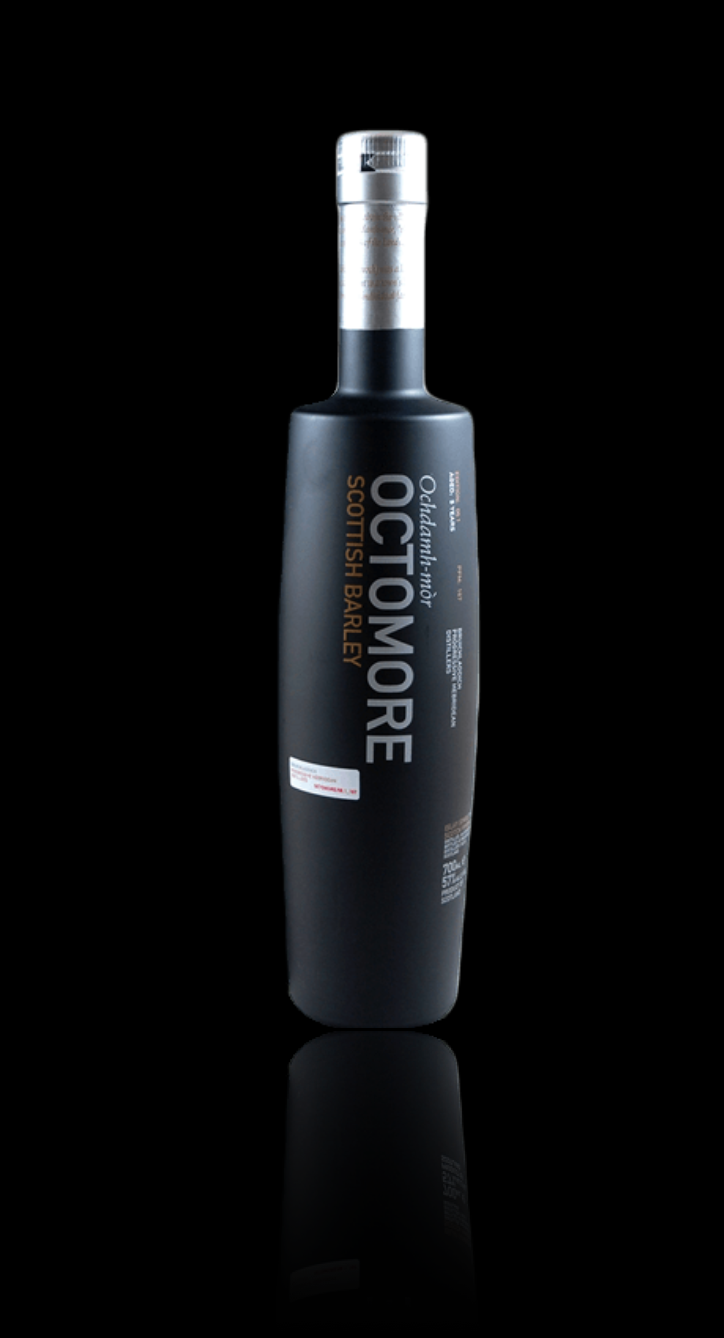
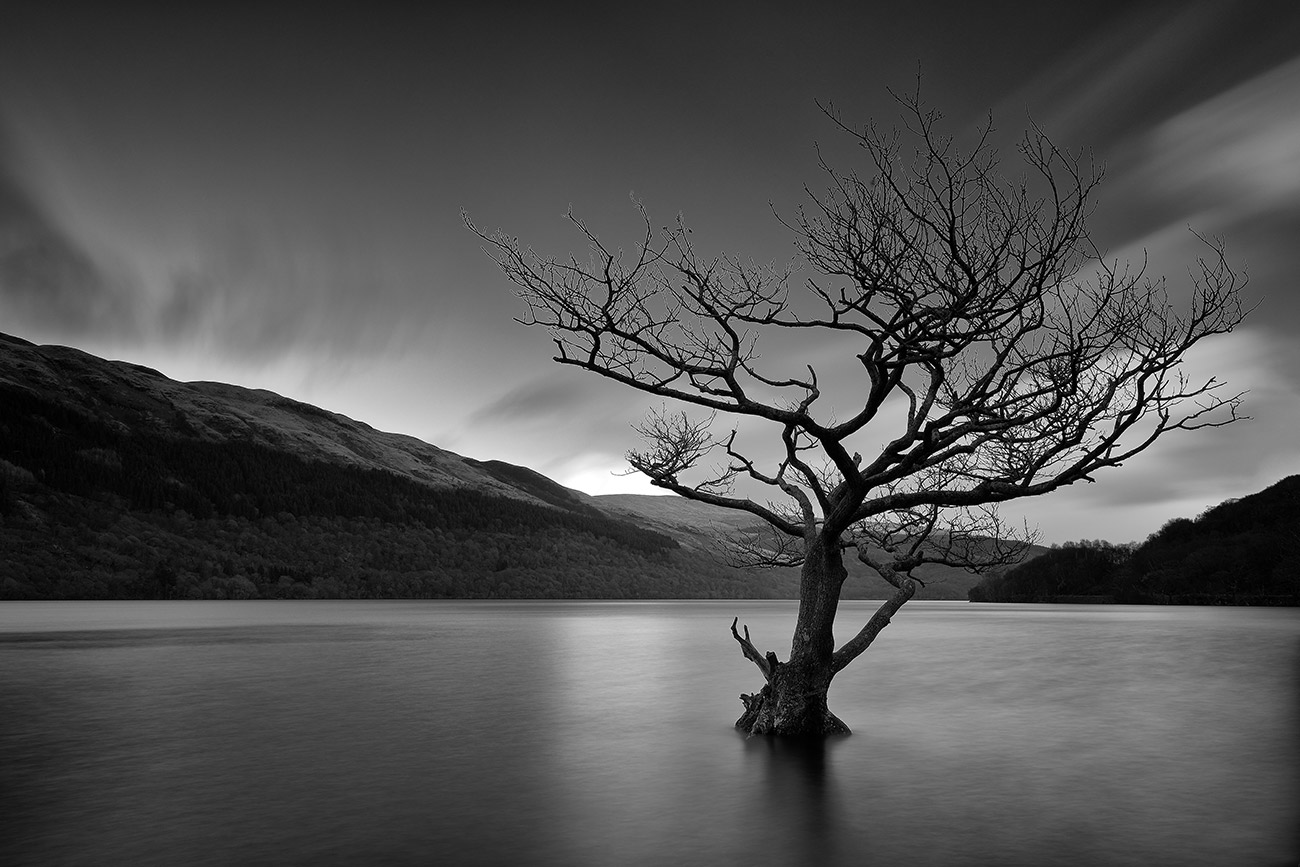
Terrior
A word well known by wine producers and wine fanatics.
But not that well know in the whisky world( well..they are getting there).
By terrior they mean the soil, climate and sunshine that part of that land gets.
This could mean, for example, that the terrior on Islay is different from the terrior on Orkney.
But what does this mean for my whisky then?
Well the peat in Orkney is not the same as the peat in Islay. This will mean if you burn peat, it will contain several different parts of soil and phenol.
So the taste and strength of the peated whisky can therefore differ..
The balance of flavors in smoke will depend in part on the balance of lignin, cellulose, and hemicellulose in the material that is being burned.
More lignin and you get spicier, vanilla-ier, smokier flavors
More cellulose/hemicellulose and you’ll get more caramelly, toasty flavors.
"Peatlands cover less than 3% of the land surface of Earth in total, but are thought to contain twice as much carbon as the world's forests." Peat has been used as a fuel for centuries and is still sold to burn in fires to heat homes.
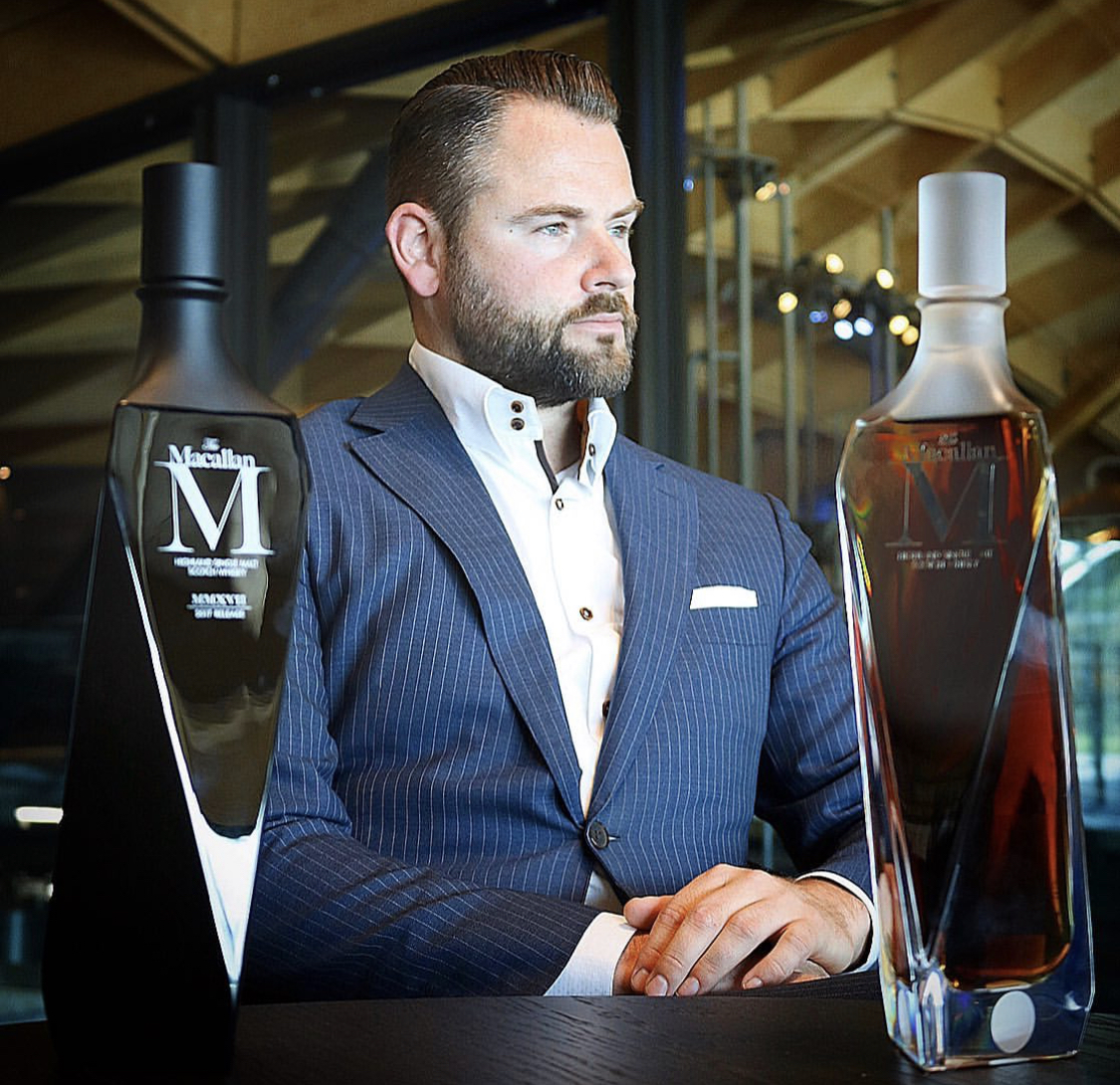
Does age make a difference?
- So if you want a kick in the face peated whisky, go for a younger peated whisky.
- If you like the complexity and integrated aromas, go for an older version of that brand.
It is estimated that the lost of ppm phenol of the new make spirit with 25 ppm with cask maturation will be around:
- 10 ppm after 10 years.
- 8 ppm after 15 years.
- 6 ppm after 30 years.
Please keep in mind this does not go for all the peated whiskies. This is because every distillery and whisky is different from each other.
The fun thing is we can experience this ourself.

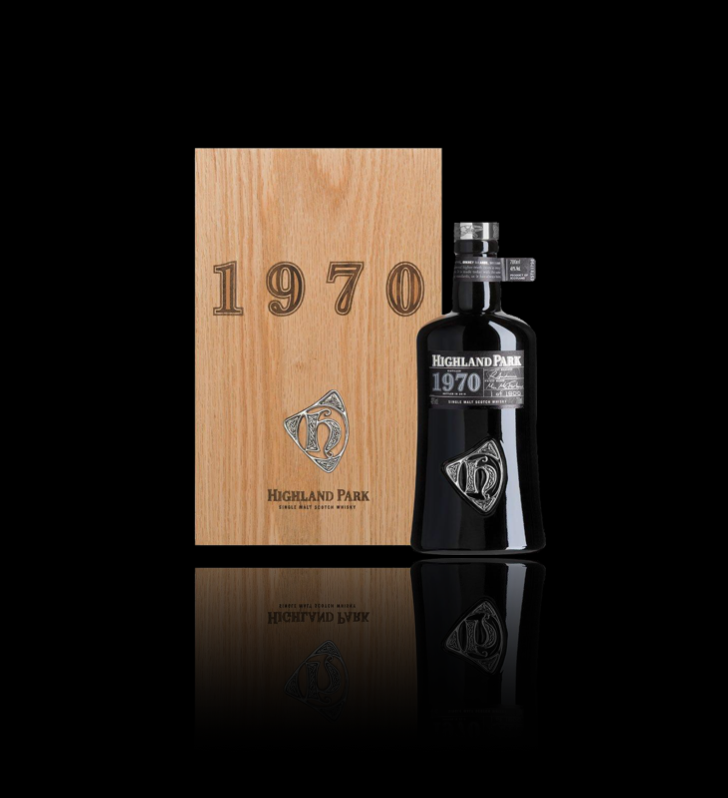
Bottle half full or half empty?
Is my whisky light, medium or heavily peated?
| Peatiness level | PPM on malt |
| Low | 3 – 5 |
| Middle | 5 – 20 |
| Strong | 20 – 40 |
| Super | 40 – 60 |
| Ultra | >60 |
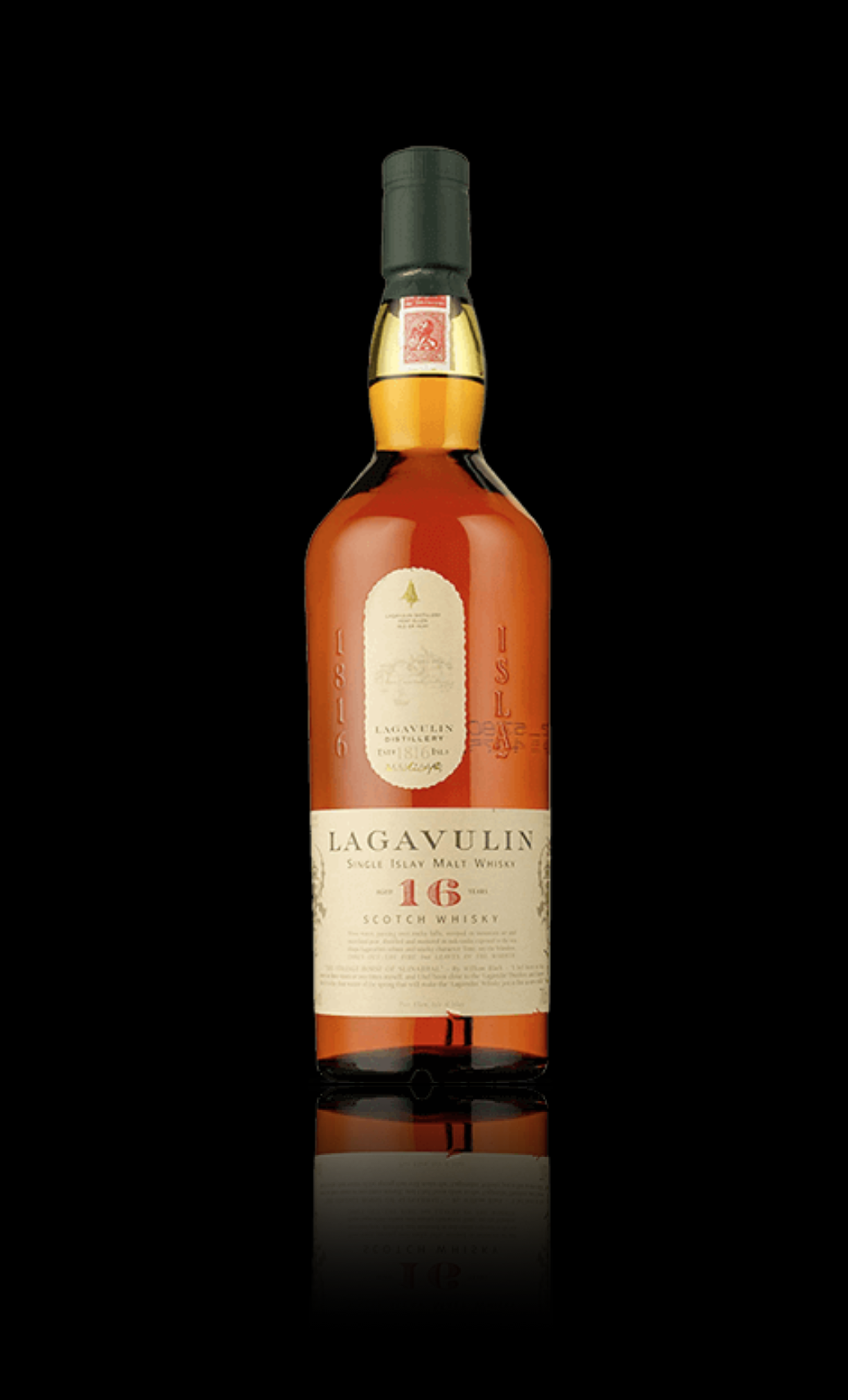
Peat has been used as a fuel for centuries and is still sold to burn in fires to heat homes.

Taste notes of peated whisky
1.Phenol – medicinal, antiseptic, TCP
2.Guaiacol – burnt, smoky – but discernible in taste only
3.Syringol – burnt, smoky – but discernible in aroma only
4.Cresol – medicinal, earthy peat, tar
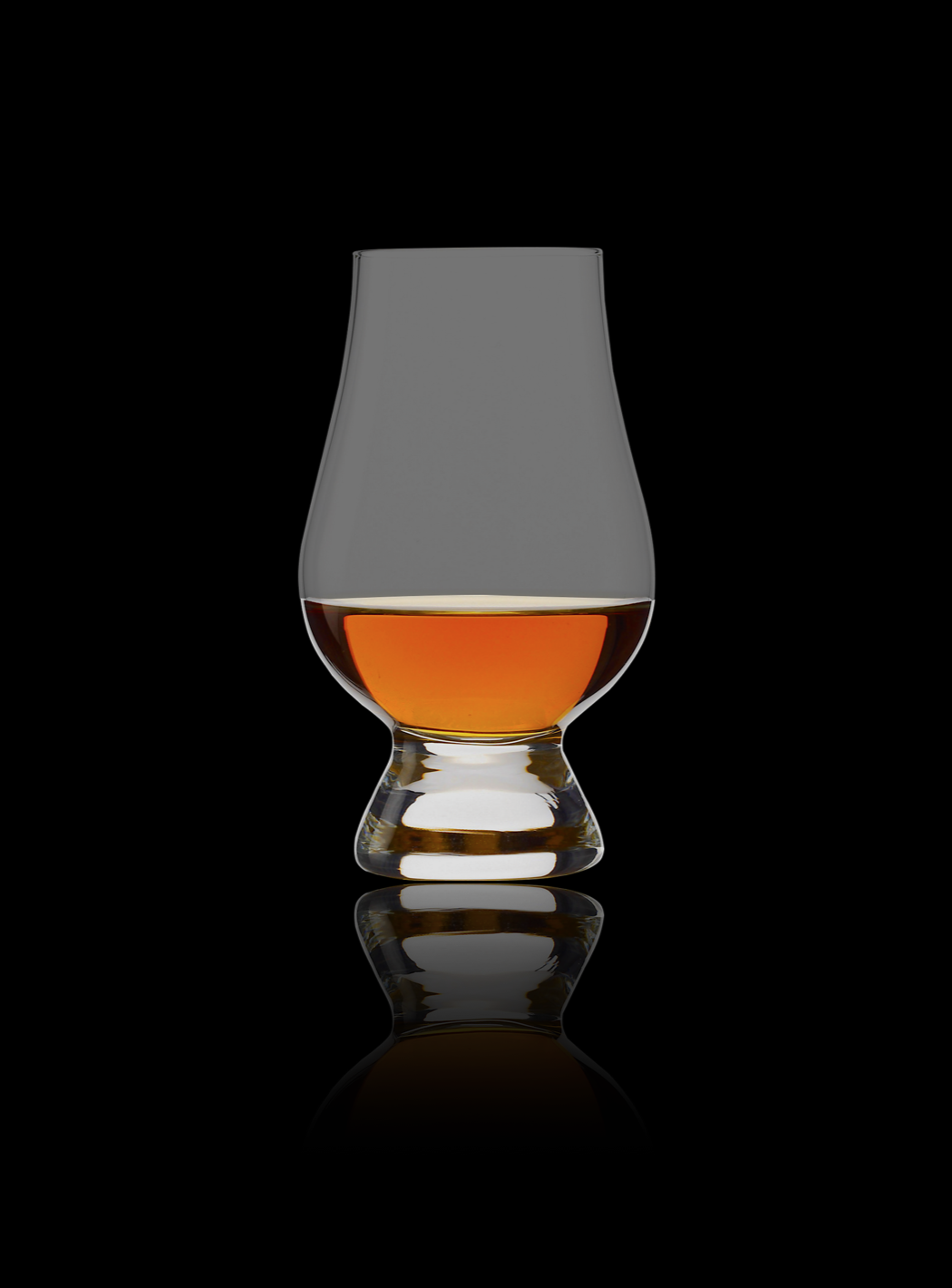
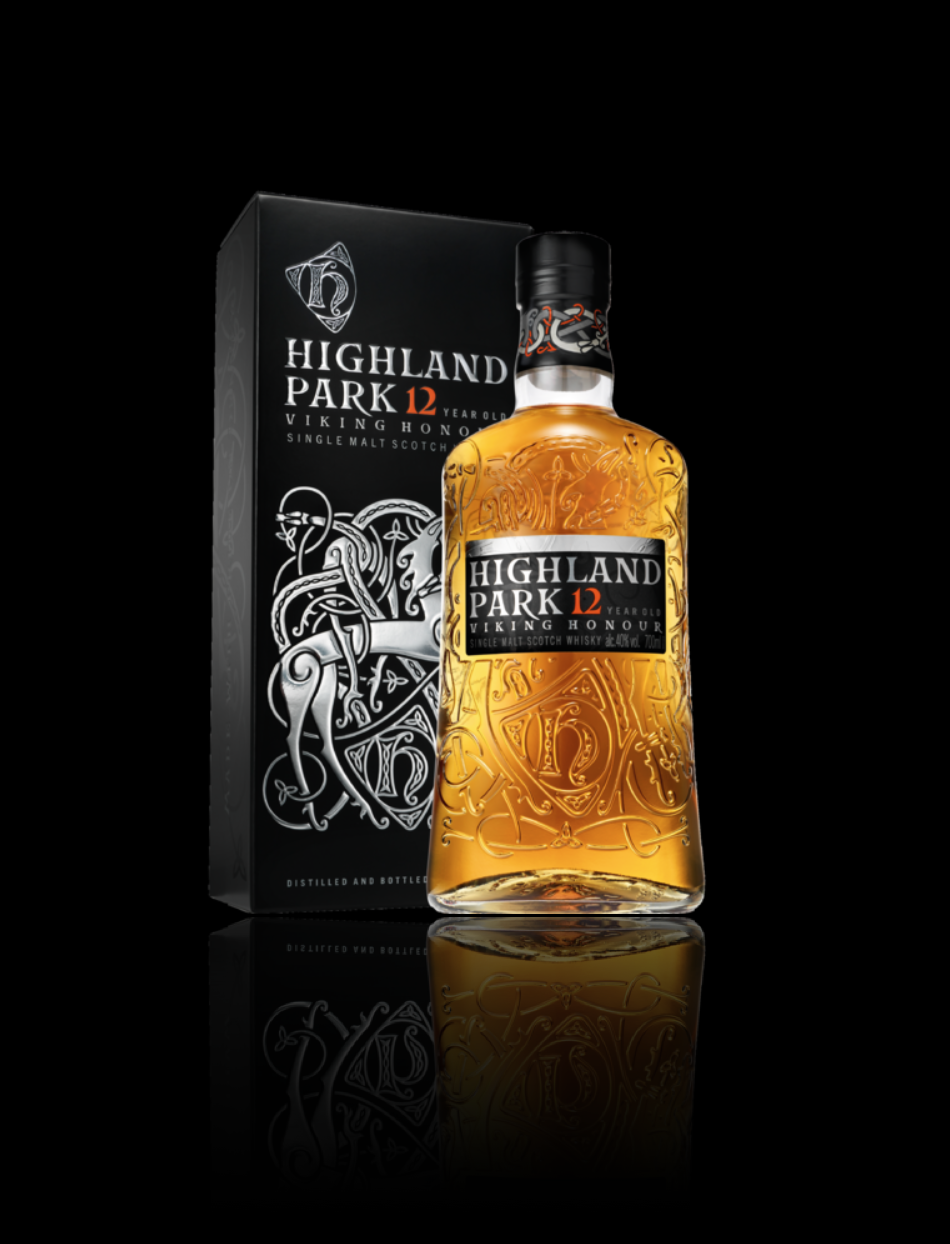
Im new too smokey whisky what would i start with?
The most peated whisky are made on Islay. Islay is a island in Scotland where there are 9 different distilleries. all make their own quality and different whiskies. These whiskies have a higher ppm and peat level then other whiskies in Scotland.
To start with peated whiskies i would recommend something lightly peated at first. Like a Highland park 12 year old or a Benromach 10 year old.
This so your palate can learn and appreciate the peat taste.
After you can appreciated the peatty taste you can dive into the world of peated whisky. The list below will let you see how much PPM their is in some of these peated whisky.
But keep in mind:
- Age of the whisky
- Brand and style
- PPM
- Terrior and region
- Blend or single malt
Hope you enjoy your peated whisky a bit more now with this knowledge.
Let me know what’s your favorite peated whisky is in the comments below?
List of peated whisky and their PPM
PPM per malted barley
Brands
Bunnahabhain (1–2)
Aberlour (2)
The Macallan (3)
Glenfarclas (1-3)
Bruichladdich Sherry Classic (3)
Bruichladdich Links (3)
Bruichladdich Cuvee (3)
Springbank (7-8)
Ardbeg Blasda (8)
Hakushu 12 years (8)
Benromach (8)
Laphroaig 10 (8-10)
An Cnoc Peatlands (9)
Bruichladdich Resurrection (10)
Ardmore (10–15)
An Cnoc Rutter (11)
An Cnoc Rascan (11.1)
Connemara (13)
An Cnoc Flaughter (14.8)
An Cnoc Tushkar (15)
Tomatin Cù Bòcan (15)
Highland Park (20)
Bowmore (20-25)
Bruichladdich Peat (20)
An Cnoc Cutter (20.5)
Bruichladdich Infinity 3 (25)
Talisker (25–30)
Connemara Peated (30)
Caol Ila (30–35)
Benromach Peat batch 4 (35)
Jura Prophecy (35)
Benriach Birnie Moss (35)
Ledaig (35)
Lagavulin (35–40)
Port Charlotte PC8 (40)
Laphroaig (40–43)
Laphroaig Quarter Cask (45)
Kilchoman (50)
Longrow (55)
Ardbeg 10 (55)
Ardbeg Uigeadail (95-100)
Ardbeg Supernova (100-115)
Bruichladdich Octomore 1 (130)
Bruichladdich Octomore 02.2 Orpheus (140)
Bruichladdich Octomore 3 (152)
Bruichladdich Octomore 4.1/167 (167)
Bruichladdich Octomore Distilled 2011 (309)









